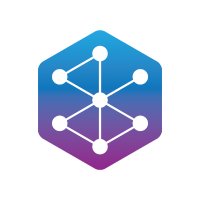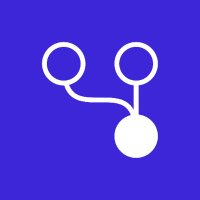
Christophe Willemsen
@ikwattro
Mission Critical Graph Analytics - @neo4j expert - Enterprise Integration enthusiast - CTO @graph_aware - Fatherx4
ID: 278486993
https://cwillemsen.com 07-04-2011 11:19:14
12,12K Tweet
1,1K Takipçi
339 Takip Edilen





Thanks to Marouane Gazanayi , the Docker: Build 39X Faster compose repository for the Neo4j SSO with Keycloak example is upgraded to KC20+ along with many improvements ! github.com/ikwattro/neo4j…




Check out my new article for Towards Data Science entitled: "Leveraging #AI Synergies for Named Entity Disambiguation". The article describes how to harness the synergy between #LLMs, #KnowledgeGraphs, and #ontologies to pave the way for enhanced NED systems in biomedicine.

When implementing beneficial ownership registers, the World Bank Governance team recommends ensuring interoperability, measuring outcomes and standardising data using tools like Open Ownership's Beneficial Ownership Data Standard blogs.worldbank.org/en/governance/…

Live: Stephen Abbott Pugh - Open Ownership has been working to support governments for 7 years to help them introduce reform to show who really owns companies and other structures. We have an open standard for ownership data that a growing number of governments and institutions...





Using GraphAware graph technology and Open Ownership's Beneficial Ownership Data Standard means you can get immediate insights and visualisations when combining or connecting multiple data sets. Christophe Willemsen explains in today's #webinar, also with Stephen Abbott Pugh. #OpenStandards


.Christophe Willemsen also did a visualisation using Open Ownership's whole data set, to show ownership relationships that have 5+ levels. Traditional data structures cannot manage this, but using Beneficial Ownership Data Standard data from the OO register and GraphAware it is possible:



Live in today's webinar: It is also possible to identify circular ownership structures using the GraphAware HUME tech and data structured according to Open Ownership's data standard, the Beneficial Ownership Data Standard. #OpenData #DataStandards #BeneficialOwnership


In case you missed today's #webinar with Stephen Abbott Pugh, Christophe Willemsen and GraphAware on unlocking complex #BeneficialOwnership investigations, check out the recording: youtube.com/watch?v=BO6TVN…

Lucky to have a second great pairing session with a Java luminary within 24 hours...first Sergei Egorov and now Michael Hunger 🇪🇺 🇺🇦 @[email protected], coding on Neo4j and Spring AI





